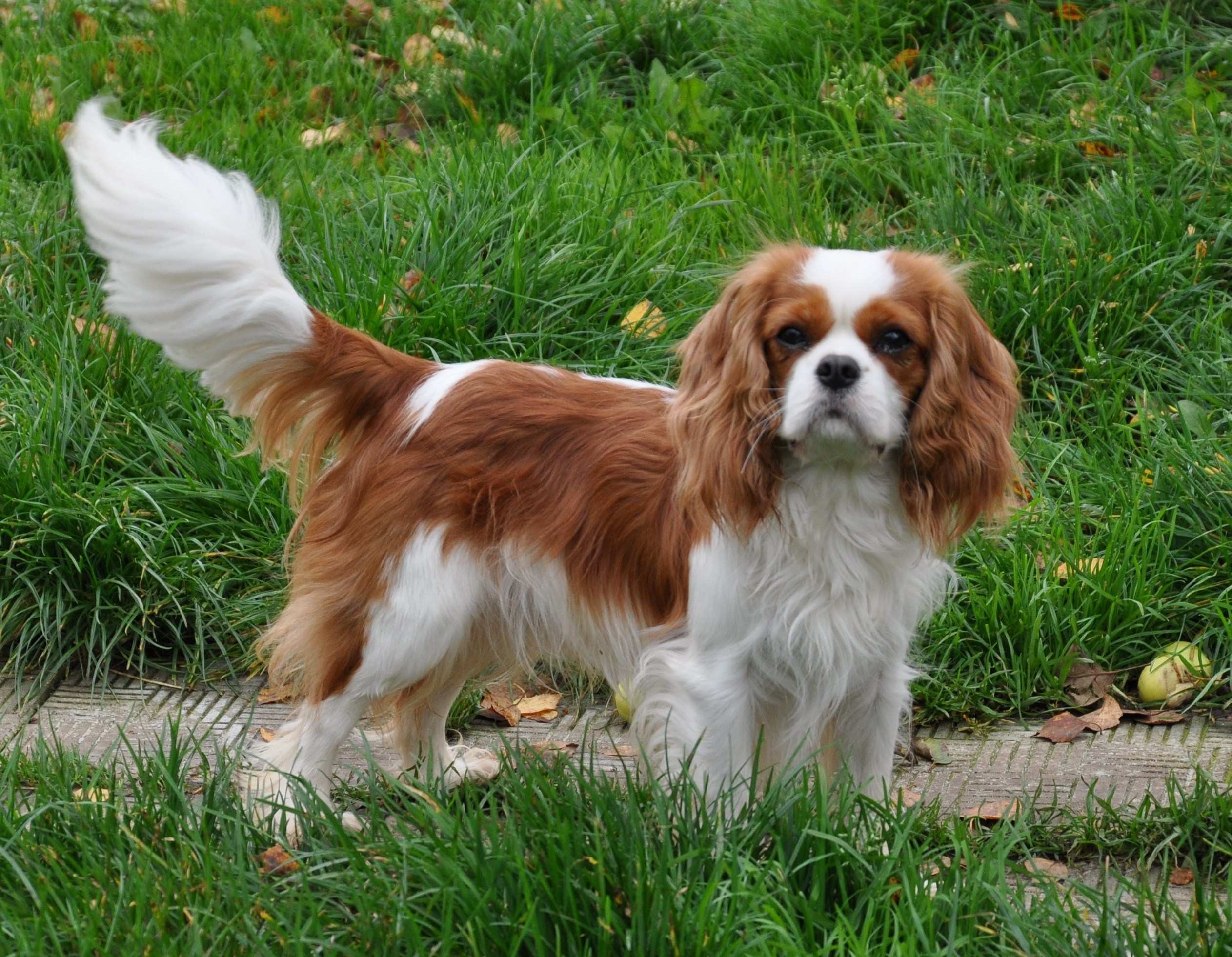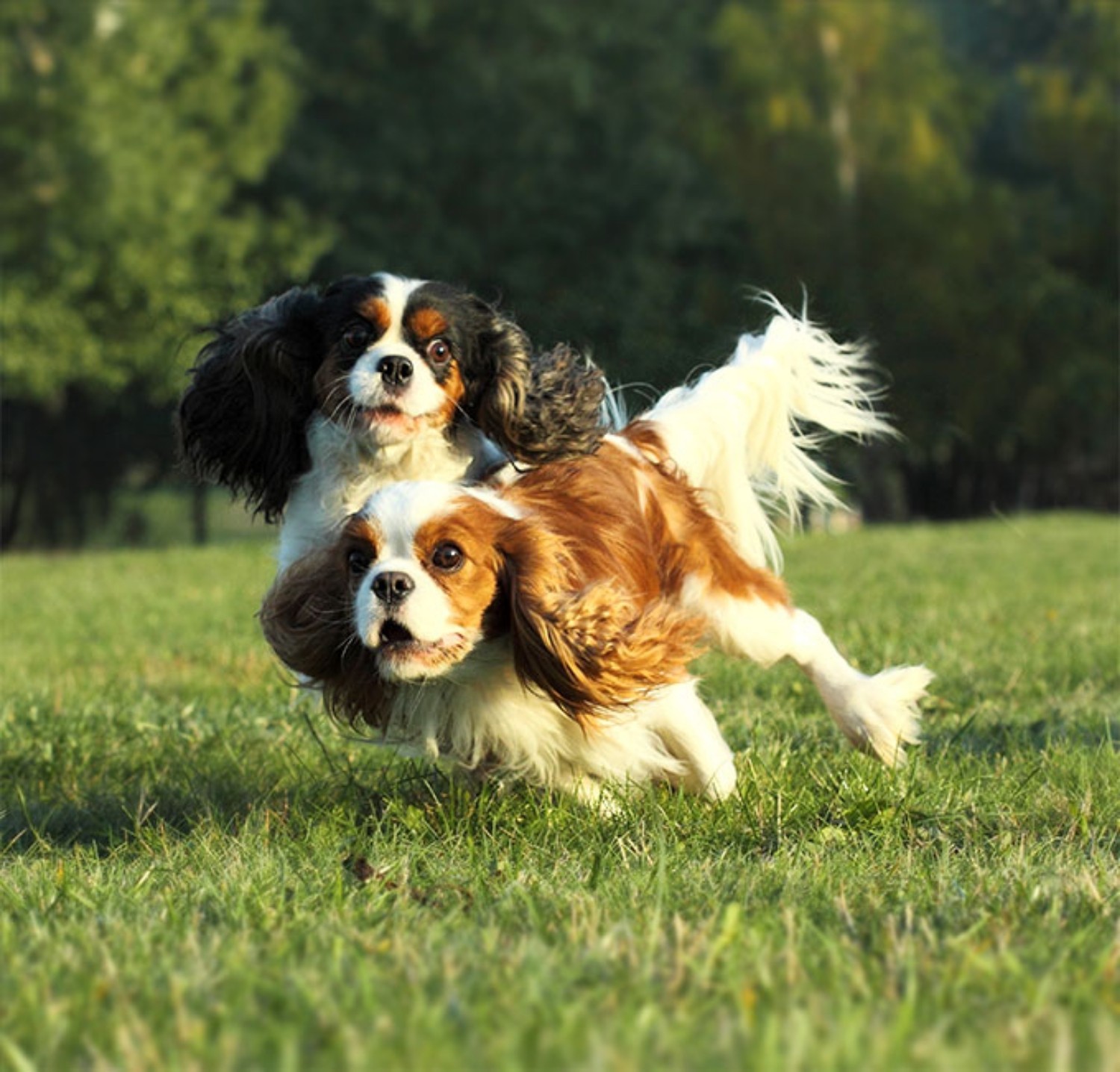King Charles Cavalier: The Ultimate Guide To Your Royal Companion
There’s something truly special about the King Charles Cavalier. This little pup isn’t just a dog—it’s a loyal companion, a family member, and a true heart-stealer. Whether you’re a first-time dog owner or a seasoned pet parent, the King Charles Cavalier is sure to capture your affection. But before you dive into this royal adventure, there’s a lot to know about these charming canines.
Now, let’s get real for a moment. The King Charles Cavalier isn’t just another breed—it’s a breed with history, personality, and a whole lot of love to give. If you’ve ever wondered what makes this breed so unique, or if you’re thinking about bringing one into your life, you’re in the right place. We’re about to break down everything you need to know about the King Charles Cavalier, from its origins to its quirks.
This guide isn’t just another article—it’s your go-to resource for all things King Charles Cavalier. We’ll cover their history, health, grooming, training, and even some fun facts that will make you fall in love with them even more. So grab a cup of coffee (or maybe a glass of wine), and let’s dive into the world of these adorable four-legged friends.
Table of Contents
- The Royal Lineage: A Brief History of the King Charles Cavalier
- Physical Characteristics: What Makes Them Stand Out
- Temperament and Personality: The Heart of the Breed
- Health Concerns: Keeping Your Cavalier Happy and Healthy
- Grooming Tips: Keeping Your King Charles Cavalier Looking Royal
- Training Your Cavalier: Patience and Persistence
- Lifestyle Considerations: Is a Cavalier Right for You?
- Nutrition and Diet: Fueling Your Furry Friend
- Adopting a King Charles Cavalier: What You Need to Know
- Fun Facts About King Charles Cavaliers
The Royal Lineage: A Brief History of the King Charles Cavalier
Let’s rewind a bit and talk about where the King Charles Cavalier comes from. This breed has royal roots, dating back to the 16th century in England. They were originally bred as companions for the aristocracy, and their name is a nod to King Charles II, who was famously smitten with these little dogs.
From Royalty to Popularity
Back in the day, King Charles Cavaliers were the go-to pets for royalty and nobility. They were bred to be small, affectionate, and easy to carry around—perfect for a life of luxury. Over time, the breed evolved, and today’s King Charles Cavalier is a mix of elegance and charm. While they may not be living in castles anymore, they still carry that regal air with them wherever they go.
Interestingly, the modern King Charles Cavalier wasn’t officially recognized as a distinct breed until the 1940s. Before that, they were often lumped in with other small spaniels. But once breeders started focusing on preserving their unique traits, the Cavalier quickly gained popularity. Today, they’re one of the most beloved breeds around the world.
Physical Characteristics: What Makes Them Stand Out
When it comes to looks, the King Charles Cavalier is nothing short of stunning. These dogs have a distinctive appearance that sets them apart from other breeds. Let’s break down some of their key physical traits:
- Size: Cavaliers are considered small dogs, typically weighing between 13-18 pounds and standing about 12-13 inches tall.
- Coat: Their silky, flowing coat comes in four main colors: Blenheim (chestnut and white), Tricolor (black, white, and tan), Ruby (solid red), and Black and Tan.
- Eyes: Cavaliers have large, round eyes that are full of warmth and expression. They’re often described as having a "soft" gaze that melts hearts.
- Ears: Their long, floppy ears add to their adorable charm and give them that classic spaniel look.
Why Their Appearance Matters
While looks aren’t everything, the King Charles Cavalier’s physical characteristics play a big role in their appeal. Their coat, in particular, requires regular maintenance to keep it looking its best. But trust us—it’s worth the effort. There’s nothing quite like seeing your Cavalier strut around with that regal demeanor.
Temperament and Personality: The Heart of the Breed
Now, let’s talk about what really makes the King Charles Cavalier stand out: their personality. These dogs are known for being affectionate, friendly, and downright lovable. They thrive on human companionship and are happiest when they’re by your side.
Key Traits of the King Charles Cavalier
Here are some of the traits that define this breed:
- Affectionate: Cavaliers love to cuddle and are always up for a good snuggle.
- Playful: Despite their small size, they have plenty of energy and enjoy playing games.
- Gentle: They’re great with kids and other animals, making them ideal family pets.
- Adaptable: Whether you live in a big house or a small apartment, Cavaliers can adjust to almost any living situation.
Of course, every dog is different, but these traits are common among King Charles Cavaliers. If you’re looking for a loyal companion who will shower you with love, this breed is a great choice.
Health Concerns: Keeping Your Cavalier Happy and Healthy
As much as we love our Cavaliers, it’s important to be aware of potential health issues. Like many small breeds, King Charles Cavaliers are prone to certain conditions that can affect their quality of life. Here are a few to watch out for:
- Mitral Valve Disease (MVD): This is one of the most common health issues in Cavaliers. It affects the heart and can lead to serious complications if not monitored.
- Syringomyelia: This neurological condition causes pain and can affect mobility. It’s important to have your Cavalier checked regularly for signs of this condition.
- Ear Infections: With those long, floppy ears, Cavaliers are prone to ear infections. Regular cleaning can help prevent this issue.
Preventive Care Tips
While these conditions can be concerning, there are steps you can take to keep your Cavalier healthy:
- Regular vet check-ups are crucial for catching issues early.
- Feeding a balanced diet and maintaining a healthy weight can reduce the risk of certain diseases.
- Exercise is important for keeping your Cavalier fit and happy.
By staying proactive, you can help ensure that your furry friend lives a long, healthy life.
Grooming Tips: Keeping Your King Charles Cavalier Looking Royal
With that beautiful coat, grooming is an essential part of owning a King Charles Cavalier. While it may seem like a lot of work, grooming can actually be a bonding experience for you and your pup. Here’s what you need to know:
Basic Grooming Needs
- Brushing: Regular brushing (at least a few times a week) will help keep your Cavalier’s coat tangle-free and shiny.
- Bathing: Bathing should be done every few weeks, or as needed. Be sure to use a gentle shampoo designed for dogs.
- Nail Trimming: Keeping your Cavalier’s nails trimmed will prevent discomfort and make it easier for them to walk.
- Ear Cleaning: As we mentioned earlier, Cavaliers are prone to ear infections, so regular cleaning is a must.
While grooming may take some time, it’s worth it to see your Cavalier looking their best. Plus, they’ll appreciate the extra attention!
Training Your Cavalier: Patience and Persistence
Training a King Charles Cavalier can be a rewarding experience, but it does require patience and consistency. These dogs are intelligent and eager to please, but they can also be a bit stubborn at times. Here are some tips to help you get started:
- Positive Reinforcement: Use treats, praise, and affection to reward good behavior.
- Short Sessions: Keep training sessions short and fun to keep your Cavalier engaged.
- Consistency: Use the same commands and routines every time to avoid confusion.
Common Challenges
One of the biggest challenges in training Cavaliers is housebreaking. Because of their small size, they may have trouble holding it for long periods. Be patient and stick to a regular schedule to help them learn.
Lifestyle Considerations: Is a Cavalier Right for You?
Before bringing a King Charles Cavalier into your life, it’s important to consider your lifestyle and whether this breed is a good fit. Here are a few things to think about:
- Time Commitment: Cavaliers thrive on companionship and don’t do well when left alone for long periods.
- Exercise Needs: While they don’t require hours of exercise, they still need daily walks and playtime.
- Living Space: They can adapt to almost any living situation, but a yard or access to a park is always a plus.
Why Cavaliers Are Great for Families
King Charles Cavaliers are often referred to as "lap dogs" because of their love for cuddling. But don’t let their small size fool you—they’re also great with kids and other pets. If you’re looking for a dog that can fit into a busy family life, this breed is a great option.
Nutrition and Diet: Fueling Your Furry Friend
Feeding your King Charles Cavalier a balanced diet is essential for their health and happiness. Here are some tips to help you choose the right food:
- High-Quality Ingredients: Look for dog food that uses real meat as the primary ingredient.
- Portion Control: Cavaliers can be prone to overeating, so it’s important to monitor their food intake.
- Special Needs: If your Cavalier has any health issues, your vet may recommend a specific diet to address those needs.
Treats in Moderation
While treats are a great way to reward your Cavalier, they should be given in moderation. Too many treats can lead to weight gain, which can exacerbate health issues like MVD.
Adopting a King Charles Cavalier: What You Need to Know
If you’re ready to bring a King Charles Cavalier into your life, adoption is a great option. There are many Cavaliers in need of loving homes, and adopting can be a rewarding experience. Here’s what you need to know:
- Research Rescue Organizations: Look for reputable rescue groups that specialize in Cavaliers.
- Meet the Dog: Spend time with the dog before adopting to ensure it’s a good match for your lifestyle.
- Prepare Your Home: Make sure your home is dog-friendly and has everything your new furry friend will need.
Why Adoption Matters
By adopting a King Charles Cavalier, you’re not only giving a dog a second chance, but you’re also supporting responsible pet ownership. Plus, you’ll be gaining a loyal companion who will love you unconditionally.
Fun Facts About King Charles Cavaliers
Now that we’ve covered the basics, let’s end with some fun facts about King Charles Cavaliers:
- They were originally bred

cavalier king charles spaniel short haircut Unique Cavalier King

Cavalier King Charles Spaniel Wallpapers Wallpaper Cave

King charles cavalier spaniel lopezfreedom